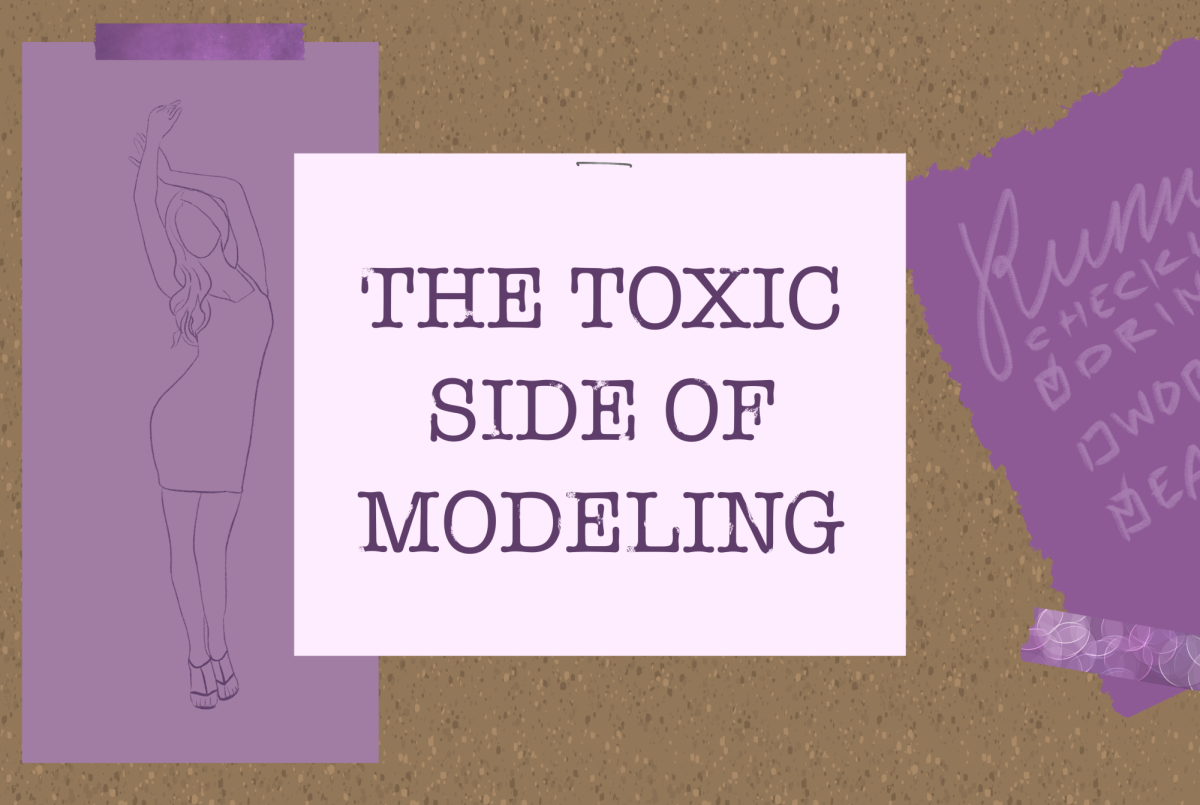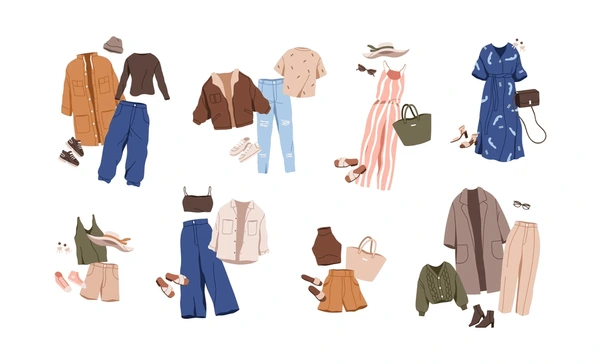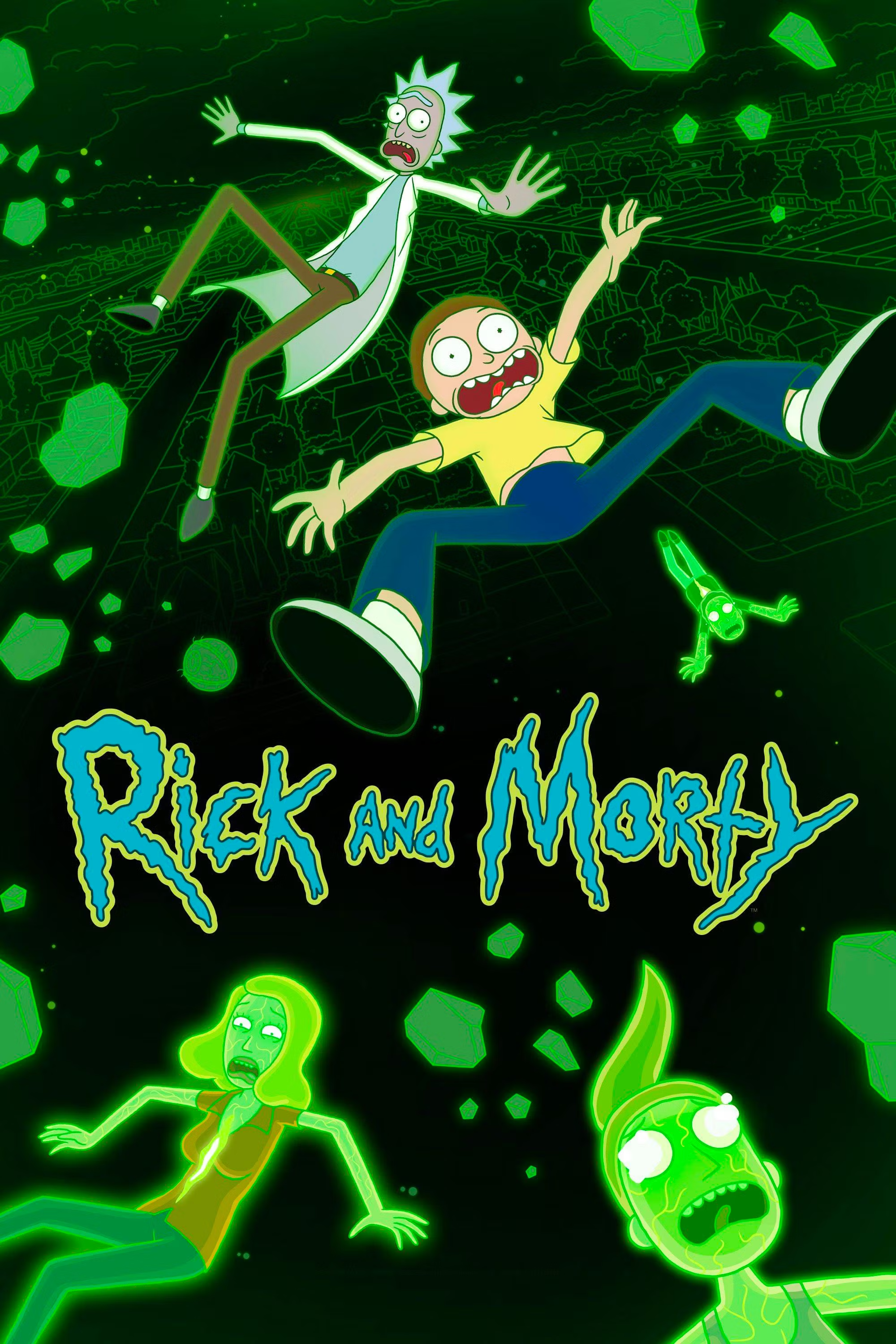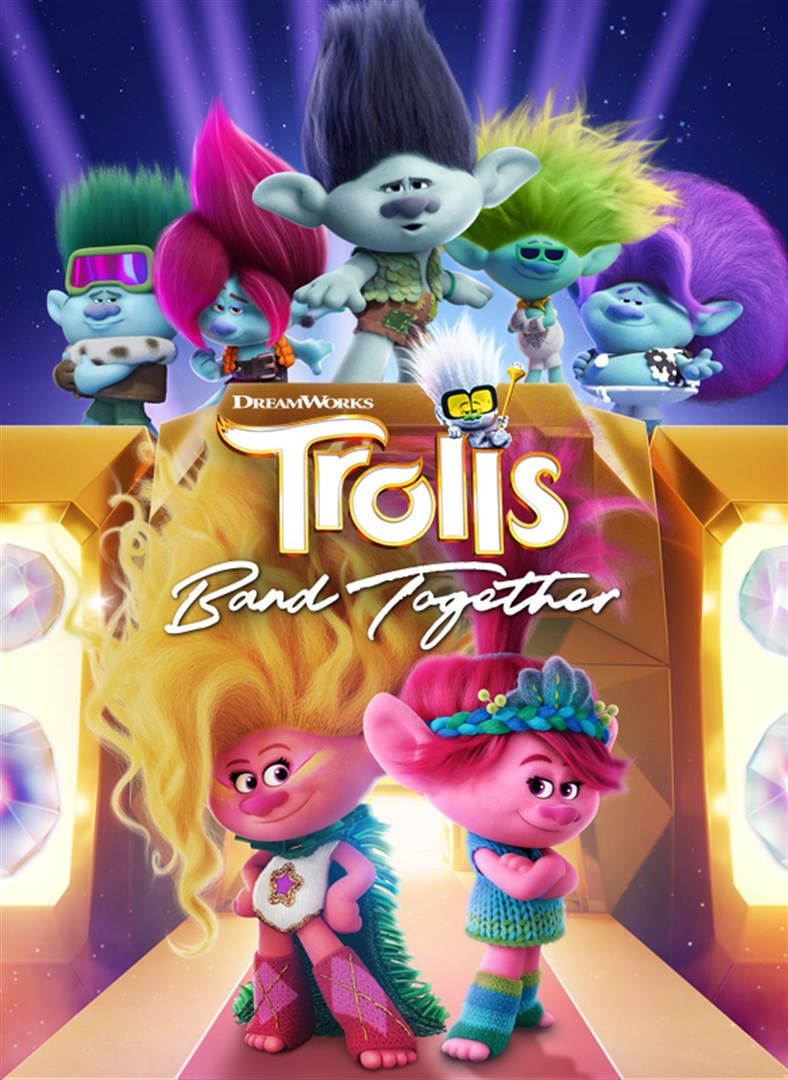The high fashion industry often dazzles with its glamorous facade, presenting a world of grandeur, beauty and sophistication. However, the glamor of runways and glossy magazines often conceals a darker reality, particularly concerning models’ well-being. In an industry where slender figures are idealized, models, who are the embodiment of these standards, frequently find themselves under intense pressure to conform to unrealistic standards. The runway becomes a stage where the battle for perfection unfolds, leaving many entrapped in a cycle of unhealthy habits in pursuit of the “perfect” body. This fixation on size zero not only jeopardizes the models’ physical health but also takes a toll on their mental and emotional well-being.
The prevalence of eating disorders in the fashion industry is, in part, a reflection of societal expectations regarding beauty. The pressure to conform to standards has far-reaching consequences on models’ physical and mental health. Eating disorders not only jeopardize their well being but also perpetuate harmful ideals that can influence society at large. The fashion industry plays a crucial role in shaping cultural perceptions of beauty, making it imperative to address the unhealthy practices that contribute to the epidemic of eating disorders.
Beyond the physical tolls, the industry’s toxic work culture adds another challenge for models. High-pressure environments, long hours and cutthroat competition create an atmosphere that can be mentally and emotionally draining. Exploitative practices within the modeling industry further compound the toxicity. Instances of mistreatment, such as body shaming, verbal abuse and manipulation have been reported, highlighting the need for systemic change within the industry.
The #MeToo movement has also shed light on the prevalence of harassment and abuse within the modeling world. Models, particularly newcomers, are vulnerable to sexual exploitation. This abuse is combines long hours, inadequate pay and even unsafe working conditions. The competitive nature of the industry fosters an environment where models may feel compelled to accept subpar treatment for fear of losing opportunities, prolonging a cycle of exploitation.
Ultimately, the modeling industry must confront its toxic aspects head-on to usher in a new era of inclusivity, respect and fairness; while some brands have made strides toward this recently, there is still a long way to go. By redefining beauty standards, promoting diversity and reinforcing ethical practices, the industry can become a space that celebrates the uniqueness of every individual while ensuring the well-being of those who bring fashion to life.









